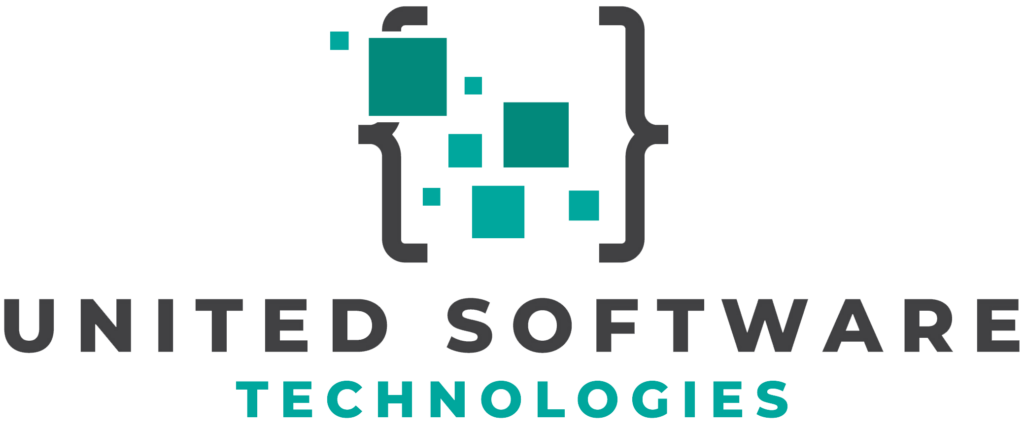Unlock the Power of WordPress Plugin Development for Your Website
WordPress is one of the most popular content management systems (CMS) in the world, powering over 40% of all websites on the internet. One of the reasons for its popularity is its flexibility and extensibility through plugins. WordPress plugins are small software programs that add new features or functionality to your website.
If you’re a website owner, you might be wondering how to unlock the power of WordPress plugin development for your website. In this blog post, we’ll explore what WordPress development is, why it’s important, and how you can get started with WordPress plugin development.
What Is WordPress Development?
WordPress development refers to the process of creating or customizing a website using the WordPress CMS. This can include everything from designing and developing a theme to building custom plugins that extend the functionality of your site.
There are two main types of WordPress development: front-end and back-end. Front-end development involves working with HTML, CSS, and JavaScript to create the visual design and user experience of your site. Back-end development involves working with PHP code to build custom functionality such as plugins or integrations with other services.
Why Is WordPress Development Important?
WordPress development is important because it allows you to create a unique website that meets your specific needs. While there are thousands of pre-made themes and plugins available for WordPress, they may not always offer exactly what you need.
By learning how to develop custom themes and plugins, you can create a website that stands out from the crowd and provides a better user experience for your visitors. Additionally, if you run into any issues or bugs on your site, having some knowledge of WordPress development can help you troubleshoot and fix them more quickly.
How To Get Started With WordPress Plugin Development
Now that we’ve covered what WordPress development is and why it’s important let’s dive into how you can get started with plugin development specifically.
Step 1: Learn The Basics Of PHP
PHP is the programming language used by WordPress to power its back-end functionality. If you want to develop custom plugins for your site, it’s essential that you have at least a basic understanding of PHP syntax and concepts like variables, functions, loops, etc.
There are many resources available online where you can learn PHP for free or at low cost. Some popular options include Codecademy’s PHP course or W3Schools’ PHP tutorial.
Step 2: Set Up A Local Development Environment
Before diving into plugin development itself, it’s important to set up a local environment where you can test your code without affecting your live site. This will allow you to experiment freely without worrying about breaking anything on your actual website.
To set up a local environment for WordPress plugin development:
1. Install XAMPP or MAMP on your computer
2. Download the latest version of WordPress from wordpress.org
3. Extract the files from the downloaded zip folder
4. Move these files into XAMPP/MAMP’s htdocs folder
5. Create an empty MySQL database using phpMyAdmin
6. Run through the standard installation process by visiting localhost/wordpress in your browser
Once this setup process is complete, you should have a fully functional copy of WordPress running locally on your computer!
Step 3: Choose Your Plugin Idea And Plan Its Functionality
The next step in developing a custom plugin is choosing an idea for what kind of functionality it will provide on your site.
Some examples could include:
– Adding social media sharing buttons to posts/pages
– Creating an event calendar
– Implementing advanced search filters
– Building an e-commerce store
Once you have an idea in mind for what kind of plugin you want to build, take some time to plan out its functionality in detail before writing any code.
This planning phase should involve sketching out wireframes/mockups if necessary so that everyone involved understands exactly what needs doing before starting work on coding anything up!
Step 4: Write Your Plugin Code
With planning done now comes time actually write some code! Here are some tips when writing code:
1) Use best practices – follow coding standards.
2) Keep things simple – don’t overcomplicate things.
3) Test often – make sure everything works as expected.
4) Document well – make sure others understand how everything works.
5) Optimize performance – keep things fast & efficient.
6) Stay secure – avoid vulnerabilities & protect against attacks.
Step 5: Test Your Plugin And Deploy It To Your Site
After writing code comes testing! Make sure everything works as expected before deploying it onto production sites where real users will interact with it daily basis – otherwise problems could arise down line which would be difficult fix later down line once people start relying upon certain features being present within their workflows!
When testing ensure following:
1) Check compatibility across different browsers/devices/platforms.
2) Ensure no conflicts between other installed plugins/themes/etc..
3) Verify all intended features/functionality work correctly.
Conclusion
In conclusion unlocking power WordPress Plugin Development requires learning basics PHP setting up local dev environment choosing right idea planning out details then finally writing/testing/deploying said plugin onto production server(s). By following these steps anyone interested in extending capabilities their own WP-powered websites should able do so relatively easily while also avoiding common pitfalls along way!

